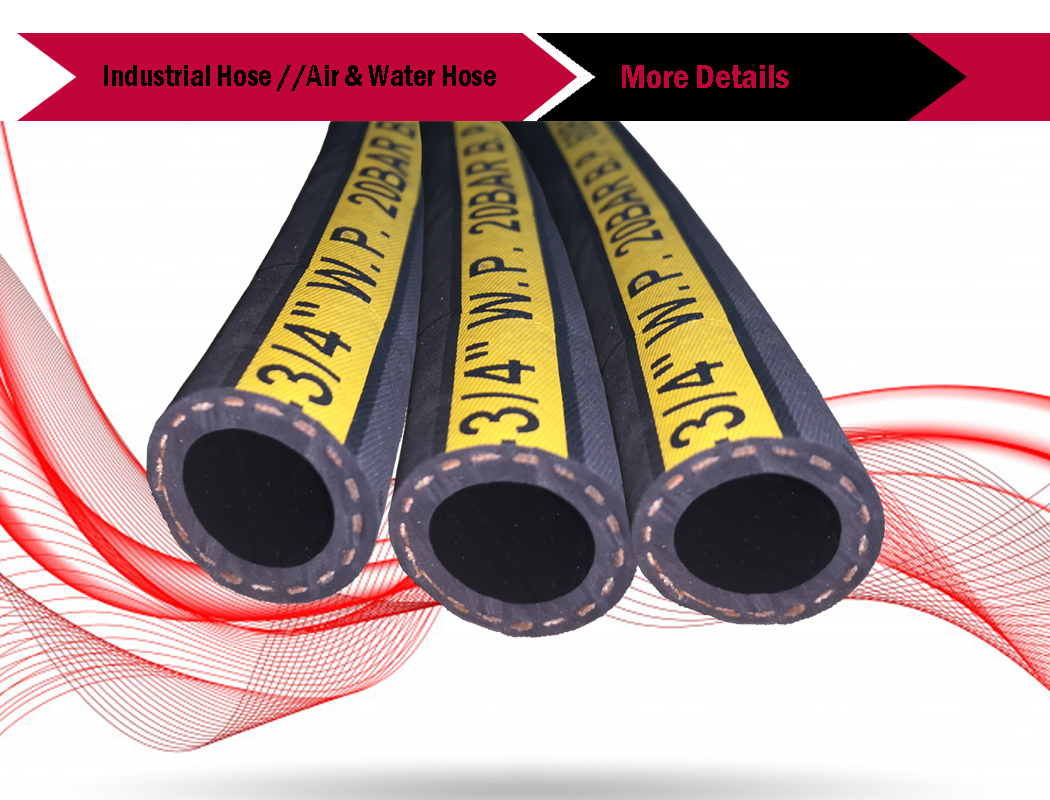 Afrikaans
Afrikaans  Albanian
Albanian  Amharic
Amharic  Arabic
Arabic  Armenian
Armenian  Azerbaijani
Azerbaijani  Basque
Basque  Belarusian
Belarusian  Bengali
Bengali  Bosnian
Bosnian  Bulgarian
Bulgarian  Catalan
Catalan  Cebuano
Cebuano  Corsican
Corsican  Croatian
Croatian  Czech
Czech  Danish
Danish  Dutch
Dutch  English
English  Esperanto
Esperanto  Estonian
Estonian  Finnish
Finnish  French
French  Frisian
Frisian  Galician
Galician  Georgian
Georgian  German
German  Greek
Greek  Gujarati
Gujarati  Haitian Creole
Haitian Creole  hausa
hausa  hawaiian
hawaiian  Hebrew
Hebrew  Hindi
Hindi  Miao
Miao  Hungarian
Hungarian  Icelandic
Icelandic  igbo
igbo  Indonesian
Indonesian  irish
irish  Italian
Italian  Japanese
Japanese  Javanese
Javanese  Kannada
Kannada  kazakh
kazakh  Khmer
Khmer  Rwandese
Rwandese  Korean
Korean  Kurdish
Kurdish  Kyrgyz
Kyrgyz  Lao
Lao  Latin
Latin  Latvian
Latvian  Lithuanian
Lithuanian  Luxembourgish
Luxembourgish  Macedonian
Macedonian  Malgashi
Malgashi  Malay
Malay  Malayalam
Malayalam  Maltese
Maltese  Maori
Maori  Marathi
Marathi  Mongolian
Mongolian  Myanmar
Myanmar  Nepali
Nepali  Norwegian
Norwegian  Norwegian
Norwegian  Occitan
Occitan  Pashto
Pashto  Persian
Persian  Polish
Polish  Portuguese
Portuguese  Punjabi
Punjabi  Romanian
Romanian  Russian
Russian  Samoan
Samoan  Scottish Gaelic
Scottish Gaelic  Serbian
Serbian  Sesotho
Sesotho  Shona
Shona  Sindhi
Sindhi  Sinhala
Sinhala  Slovak
Slovak  Slovenian
Slovenian  Somali
Somali  Spanish
Spanish  Sundanese
Sundanese  Swahili
Swahili  Swedish
Swedish  Tagalog
Tagalog  Tajik
Tajik  Tamil
Tamil  Tatar
Tatar  Telugu
Telugu  Thai
Thai  Turkish
Turkish  Turkmen
Turkmen  Ukrainian
Ukrainian  Urdu
Urdu  Uighur
Uighur  Uzbek
Uzbek  Vietnamese
Vietnamese  Welsh
Welsh  Bantu
Bantu  Yiddish
Yiddish  Yoruba
Yoruba  Zulu
Zulu belt conveyor parts and functions
Understanding Belt Conveyor Parts and Their Functions
Belt conveyors are essential components in various industries, serving to transport materials efficiently and effectively. Over the years, they have evolved significantly, incorporating advanced technology and materials to enhance their functionality. Understanding the different parts of a belt conveyor and their respective functions is crucial for anyone involved in material handling operations.
1. Belt
The most prominent part of a belt conveyor is, of course, the belt itself. It is the surface on which materials are transported. Typically made from various materials such as rubber, fabric, or metal, the choice of belt depends on the type of material being transported, the speed of operation, and environmental conditions. The belt must be durable enough to handle the load while maintaining flexibility for movement over pulleys.
2. Pulleys
Pulleys play a vital role in the operation of a belt conveyor. There are usually two main types of pulleys drive pulleys and idler pulleys. The drive pulley is responsible for moving the belt and is usually located at the discharge end. Idler pulleys support the belt and help maintain tension. Proper tension is crucial to ensure that the belt runs smoothly and does not slip off during operation.
3. Drive Unit
The drive unit comprises the motor and gearbox that provide the necessary power to move the belt. Depending on the application, different types of motors can be used, such as electric, hydraulic, or pneumatic. The drive unit is carefully selected to ensure it meets the speed and torque requirements for the specific materials being handled.
4. Framework
The framework or structure of the belt conveyor is designed to support all components of the conveyor system. Made from sturdy materials like steel or aluminum, the framework must be robust enough to bear the load of the materials being transported while providing stability during operation. It can be customized in various configurations, depending on the operational needs, such as height and length.
belt conveyor parts and functions

5. Take-Up System
A take-up system is essential for maintaining the proper tension of the conveyor belt. It allows for adjustments to be made to the belt length, ensuring optimal performance. There are various types of take-up systems, including mechanical and automatic systems. A well-adjusted take-up system helps prevent slippage and prolongs the life of the belt.
Guides and rails help keep the belt aligned during operation, preventing it from wandering off the pulleys. Misalignment can cause wear and tear on the belt, leading to costly repairs and downtime. Properly installed guides and rails optimize the performance of the conveyor, ensuring efficient material transport.
7. Fine-Tuning Controls
Modern belt conveyors are equipped with fine-tuning controls that allow operators to adjust speed, direction, and load handling dynamically. This is especially important in automated systems where multiple conveyors might be operating in concert. Fine-tuning controls enhance overall efficiency, allowing for precise operations tailored to specific tasks.
8. Safety Features
Safety is a critical consideration in the design of belt conveyors. Various safety features, such as emergency stop buttons, guards, and warning lights, are integrated into the system to protect operators and prevent accidents. Keeping these safety features in good working condition is essential for maintaining a safe working environment.
Conclusion
In conclusion, understanding the various parts and functions of a belt conveyor is crucial for maximizing efficiency and safety in material handling operations. From the belt and pulleys to the drive unit and safety features, each component plays a vital role in ensuring smooth operation. Whether you’re involved in manufacturing, mining, or other material-handling sectors, familiarity with these elements can lead to better operational practices and improved productivity. As industries continue to evolve, the design and functionality of belt conveyors will likely advance, making them even more integral to various processes.
-
Revolutionizing Conveyor Reliability with Advanced Rubber Lagging PulleysNewsJul.22,2025
-
Powering Precision and Durability with Expert Manufacturers of Conveyor ComponentsNewsJul.22,2025
-
Optimizing Conveyor Systems with Advanced Conveyor AccessoriesNewsJul.22,2025
-
Maximize Conveyor Efficiency with Quality Conveyor Idler PulleysNewsJul.22,2025
-
Future-Proof Your Conveyor System with High-Performance Polyurethane RollerNewsJul.22,2025
-
Driving Efficiency Forward with Quality Idlers and RollersNewsJul.22,2025





























